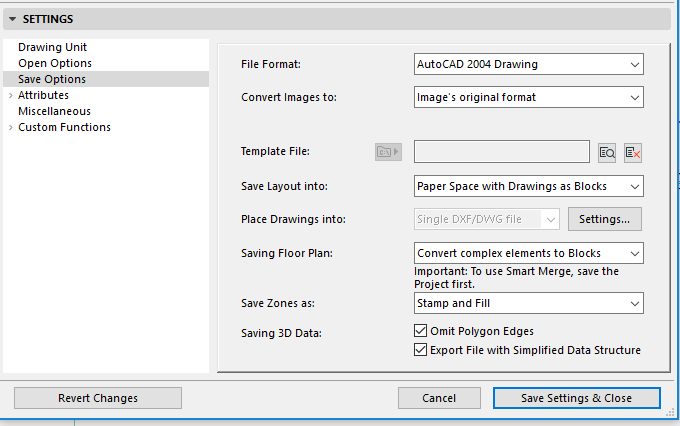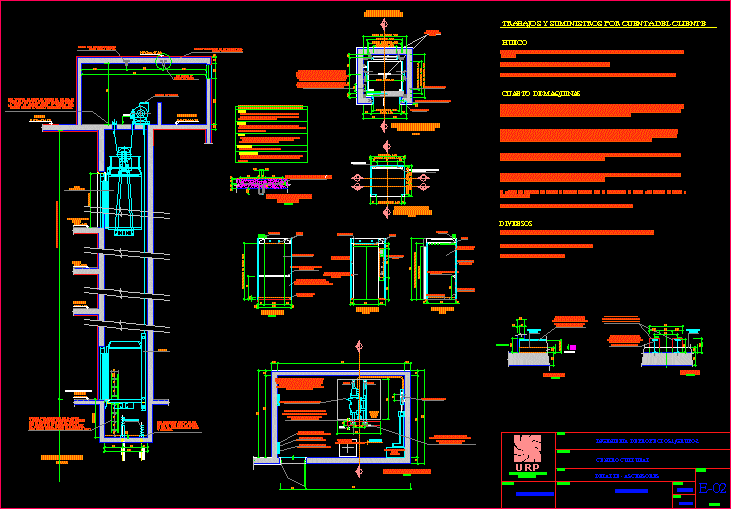

Neal Award for best subject-related series of stories. Jeff has won six American Society of Business Publications Editors awards and was part of the reporting team for the 2012 Jesse H. Jeff Yoders has covered IT, CAD, and BIM for Building Design + Construction, Structural Engineer, and CE News magazines. See how from Ubisense Support.įor more AutoCAD tips, check out 8 Tips for AutoCAD 2014: 3D Print Command, Reality Capture, System Variables, and More.


You need to change settings from architectural to geometry and perform a few other preparations, but your AutoCAD drawing can be imported and opened in SketchUp Pro. This example uses Ubisense’s Site Manager, included in SketchUp Pro, to import CAD information. Tip 8: Importing AutoCAD DWGs to SketchUp Pro.
#Autocad file format how to
This Sketchucation tutorial explains how to keep your layers, groups, and components while exporting to AutoCAD. Many architects design conceptually in SketchUp, then end up losing any groups, components, or layers while trying to export to AutoCAD for design and creation of construction documents. Importing 2D AutoCAD data to CATIA requires a few editing steps but can still be imported very accurately in CATIA 5. Tip 6: Importing AutoCAD DXF files to CATIA 5 for 3D Modeling. Follow Prokonbuild’s pop-up video explanation of how to turn off the correct options for a quick-and-easy export to DWG. Using export settings can simplify the process of getting the desired layers, line types, and colors when exporting from Revit to AutoCAD. Tip 5: Exporting Views out of Autodesk Revit into AutoCAD (Creating an AutoCAD File from Revit). SolidProfessor explains the same conversion from more of a SolidWorks perspective. The more complicated import shows how SolidWorks generates planes and creates several parts over the import of a complicated drawing for more than 90 minutes. The first shows how to use the “Import to a New Part as” command using either 3D curves or a model. Here are two examples of how to import DWG files into SolidWorks. Tip 4: Importing AutoCAD DWGs into SolidWorks. Dimensions, text, and information that won’t be useful in Rhino should be deleted, as you want to minimize file size for your import. You need to delete some unnecessary information and linework first, but the process is actually quite simple. In AutoCAD 2012 and all versions since, you can export line work from AutoCAD into Rhino and create a 3D Rhino model from your 2D drawings.

To do the opposite of the above (import an Inventor model into AutoCAD), you must first create views inside of an Autodesk Inventor drawing, and then transfer them into 2D AutoCAD and maintain the links, which can then be updated.Symetri UK explains this in more detail. Tip 2: Importing an Inventor model into AutoCAD. To learn how, see more from Infinite Skills. You can turn on layers and select which geometry to bring in and which not to bring in. This will keep you from having to redraw your design from scratch in Inventor. Tip 1: Bringing AutoCAD Data into Inventor to Create Inventor Sketch Profiles.Using the Options tab, you can use the Import option to bring extrusions and commands into Inventor as an available profile. With complex geometry, not every process is the same, and there’s no such thing as a one-size-fits-all import with CAD.įollow these eight easy AutoCAD tips to get your original 3D or 2D drawings into AutoCAD.ĪutoCADExchange gives a good overview of the AutoCAD 2012 (and later) AutoCAD importer and how it imports data as a block. You can import most popular CAD file formats into AutoCAD, including Autodesk Inventor, CATIA, IGES, Rhino, and SolidWorks, and export most AutoCAD drawings just as easily.


 0 kommentar(er)
0 kommentar(er)
